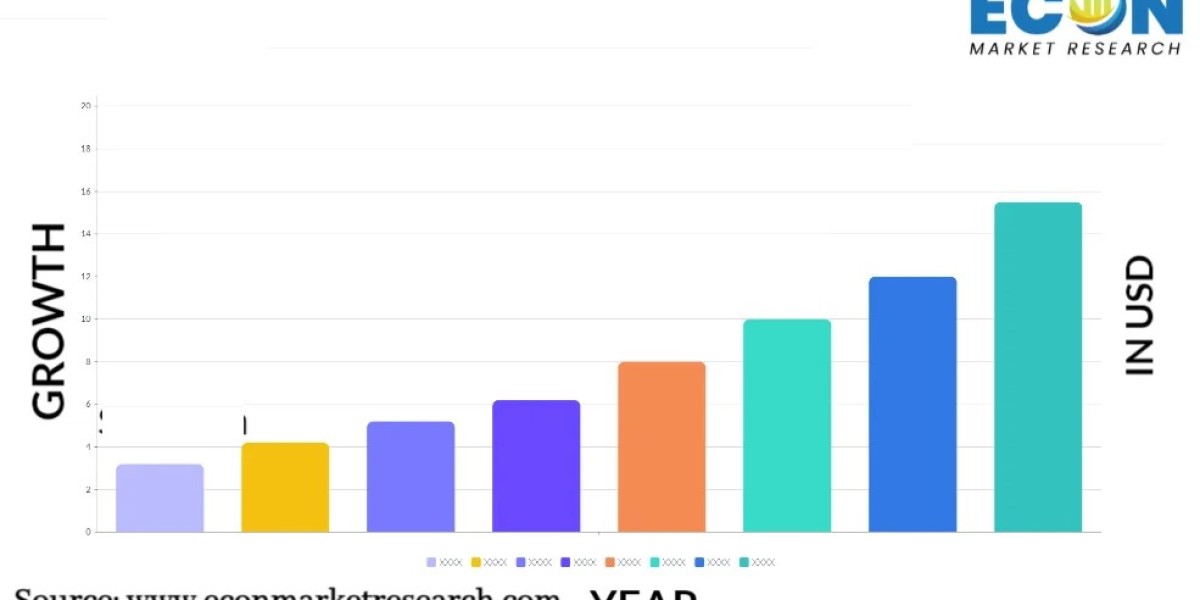Insecticides play a crucial role in both agriculture and public health, serving as essential tools to control pest populations that threaten crop yields and human well-being. These chemical or biological substances target insect species by disrupting their biological functions, ultimately preventing infestations and minimizing damage. The need for insecticides is universal, given the significant impact of insects on food supply, agricultural productivity, and disease transmission. As a result, the insecticide market spans a wide range of applications, from large-scale farming operations to home gardens and pest control industries.
More info : https://www.econmarketresearch.com/industry-report/insecticides-market/
Types of Insecticides
Insecticides are typically classified based on their chemical structure, mode of action, and target pest species. The main types include organophosphates, carbamates, pyrethroids, neonicotinoids, and insect growth regulators (IGRs). Each category has unique characteristics and modes of action. For instance, organophosphates inhibit enzymes vital to insect nervous systems, while pyrethroids disrupt neuron function, leading to paralysis. Neonicotinoids act on nicotine receptors in insects, making them particularly effective against sap-sucking pests. IGRs work differently by disrupting growth and reproduction, offering a more targeted approach that is less harmful to non-target species.
Mechanisms of Action
The effectiveness of insecticides lies in their various mechanisms of action, which exploit the biological weaknesses of insects. Some insecticides work by attacking the central nervous system, either through enzyme inhibition or neurotransmitter interference, leading to paralysis and death. Others interfere with metabolic processes or hormonal pathways, preventing insects from growing or reproducing. Contact insecticides kill pests upon direct contact, while systemic insecticides are absorbed by plants and ingested by pests as they feed. The mode of action chosen often depends on the target insect, the environment, and the application method, making it important to match the right insecticide to the right pest challenge.
Application Techniques and Best Practices
Effective insecticide application is essential to maximize efficacy and minimize negative environmental impact. Common application methods include spraying, soil treatment, and seed coating, each tailored to specific pests and crop needs. Precision agriculture has further improved insecticide application, utilizing GPS and drones to apply treatments accurately and only where needed, reducing waste and lowering environmental risk. Best practices in insecticide application involve choosing the appropriate product, adhering to recommended dosages, and timing applications to match pest life cycles. Protective equipment and responsible handling are also crucial to safeguard applicators and prevent contamination.
Resistance Management
One of the greatest challenges in insecticide use is managing resistance, a phenomenon where pest populations evolve to withstand chemical treatments, rendering them less effective. Overuse and misuse of insecticides accelerate resistance, as pests with natural tolerance survive and pass their resistant genes to offspring. To combat resistance, integrated pest management (IPM) strategies are employed, combining chemical, biological, and cultural methods. Rotating insecticides with different modes of action, using biological controls like predators or pheromone traps, and incorporating crop rotation can all help mitigate resistance and maintain the efficacy of insecticides over the long term.
Environmental and Health Considerations
While insecticides play a pivotal role in pest management, they also present environmental and health concerns. Non-selective insecticides can affect non-target species, including beneficial insects like pollinators, which are essential for biodiversity and crop production. Runoff from agricultural fields can lead to water contamination, affecting aquatic life and potentially entering human water supplies. Many modern insecticides are formulated to reduce these risks, with biodegradable compounds and specific targeting mechanisms to minimize collateral damage. However, safe handling, proper storage, and adherence to regulatory guidelines are critical to minimizing human and environmental risks associated with insecticide use.
Regulatory Landscape
Insecticides are strictly regulated globally to ensure they meet safety, efficacy, and environmental standards. Regulatory agencies such as the Environmental Protection Agency (EPA) in the United States, the European Food Safety Authority (EFSA), and other regional authorities oversee the testing, approval, and monitoring of insecticides. These agencies assess potential risks to human health, non-target organisms, and ecosystems. Regulations also set maximum residue limits (MRLs) for food safety and establish guidelines for safe use and disposal. Compliance with these regulations is essential for manufacturers, distributors, and users, ensuring that insecticides remain a safe and effective tool in pest control.
Advances in Sustainable and Biologically-Based Insecticides
In response to environmental and health concerns, there has been a significant shift toward developing sustainable and biologically-based insecticides. Bioinsecticides derived from natural sources, such as bacteria, fungi, and plant extracts, offer a targeted approach with minimal ecological impact. For example, Bacillus thuringiensis (Bt) is a bacterium that produces toxins lethal to specific insect larvae but harmless to humans and most non-target species. Plant-based insecticides, such as neem oil, have also gained popularity for their low toxicity and biodegradability. Genetic engineering and biotechnology continue to expand bioinsecticide options, contributing to safer, more sustainable pest control methods.
Future Outlook: Innovation and Integrated Pest Management
The future of insecticides will likely focus on innovation and integration with broader pest management strategies. New developments in genetic engineering, including RNA interference (RNAi) technology, allow for highly specific pest targeting at the genetic level, potentially reducing non-target impacts. Smart application technologies, such as AI-driven monitoring and automated dispensing systems, enable precision and control, reducing waste and improving effectiveness. Integrated Pest Management (IPM) will remain a cornerstone of sustainable insecticide use, combining chemical, biological, and cultural methods to create resilient, balanced ecosystems. The industry’s shift towards sustainable practices promises to meet global pest management needs while protecting the environment and public health.
Phone Number: +1 812 506 4440
Email : [email protected]








